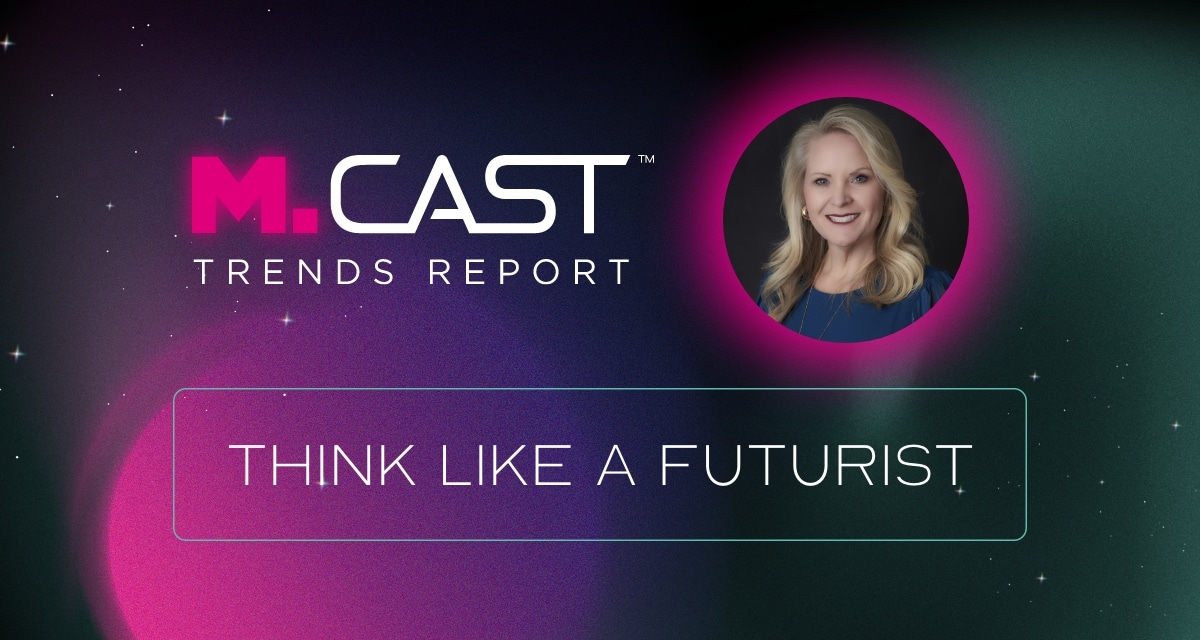Think Like a Futurist in the Age of Convergence
Data and technology are expanding at an exponential pace, with connectivity driving innovation. The trend of convergence is reshaping industries, products and technologies, giving rise to innovative business models and transforming markets. This trend mirrors the rise of “connected living,” where people rely on networks of devices for seamless services. Leaders who can anticipate future trends and embrace this interconnected world will thrive in an era of rapid transformation.
New Blog: Think Like a Futurist
Terrie Ard, President and COO, unveils 5 tips to help you think like a futurist, ensuring resilience and competitiveness in our evolving landscape.
Connect with Terrie to learn how thinking like a futurist can grow your business!
Examples of Convergence
This new wave of convergence promotes seamless integration, pushing companies to break away from traditional silos and offer unified solutions. For instance, telecom providers are evolving into tech ecosystems, bundling mobile services with cloud applications, streaming platforms, and IoT solutions to meet the demand for always-on, connected lifestyles. Similarly, automotive companies such as Tesla are turning cars into digital platforms, combining electric vehicles with AI-powered software updates, in-car entertainment and autonomous driving capabilities. Businesses that embrace this convergence will stay competitive by delivering richer, more integrated customer experiences.
Key Factors
The rapid growth of digital content is a major factor driving convergence. Frost & Sullivan reports that digital data is doubling every 18 months, with 90% of the world’s data created in the last two years. This explosion of data is forcing industries to rethink their strategies, merging products, technologies and services like never before. To keep up, organizations need strong, scalable networks that can handle the rising demand for constant connectivity.
AI plays a key role in making this convergence possible. It helps different technologies communicate, improves operations and powers features like personalized recommendations and predictive maintenance. By connecting systems and streamlining processes, AI allows industries to offer innovative, user-friendly solutions that integrate seamlessly. As technology continues to converge, AI ensures it stays efficient and adaptable to our increasingly connected world.
Adapting to the Future
To thrive in this connected world, leaders should build flexible ecosystems that can easily integrate new technologies and partnerships. Preparing for future disruptions will also require investments in continuous learning, scenario planning and innovation. By staying agile, companies can quickly pivot and create new value propositions that align with the changing needs of connected customers.


“To lead in the age of convergence, business leaders must think like futurists—anticipating emerging trends, collaborating across industries and building agile organizations. This means looking beyond immediate challenges to identify and understand how converging technologies will change consumer behavior and reshape markets.”
Terrie Ard, APR, CPRC
Partner, President & COO
To learn more about working with our team, please email Audrey Goff or call her at 850.224.0174. It would be our privilege to serve you today – and anytime in our bright, intriguing future.


